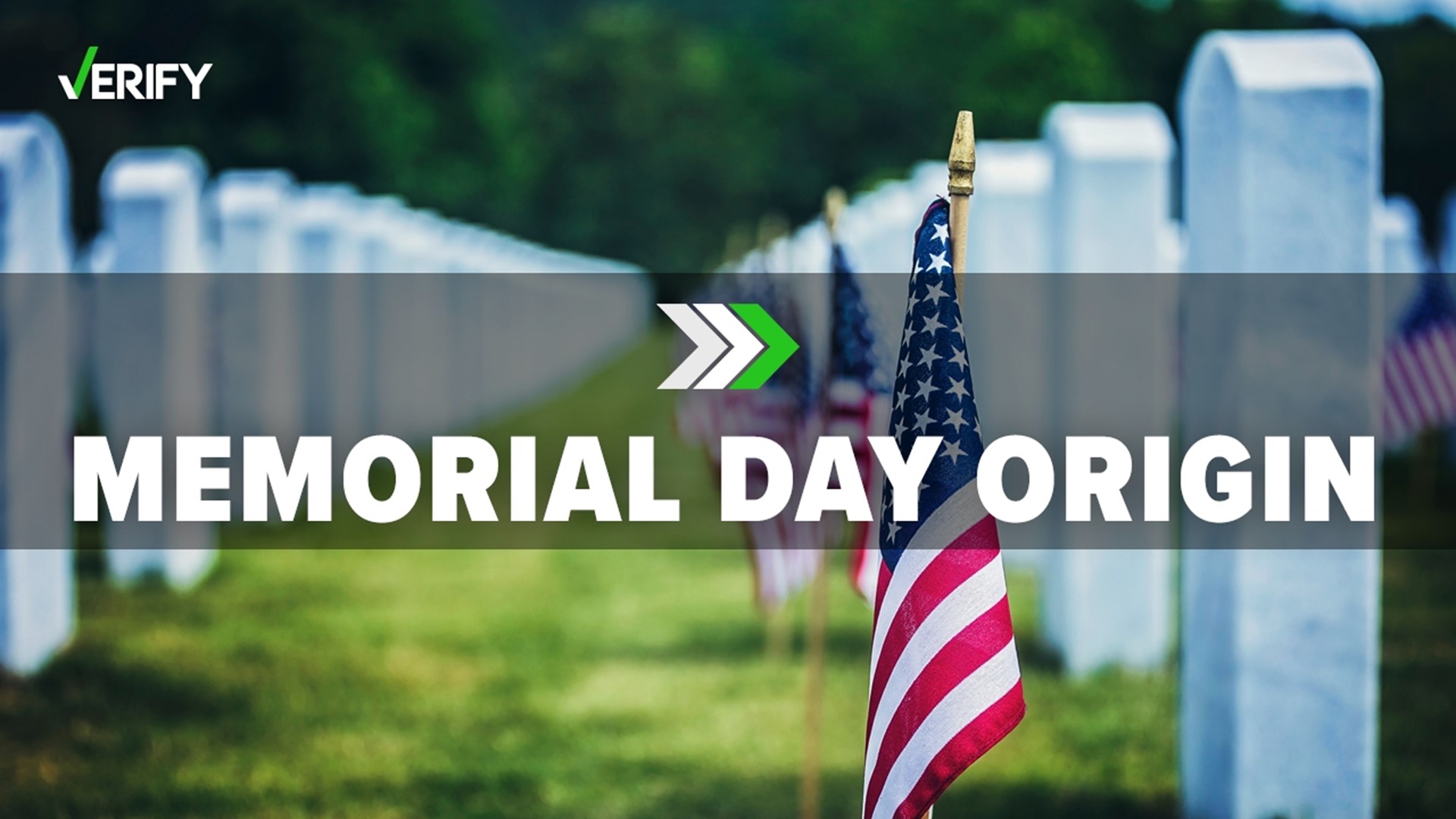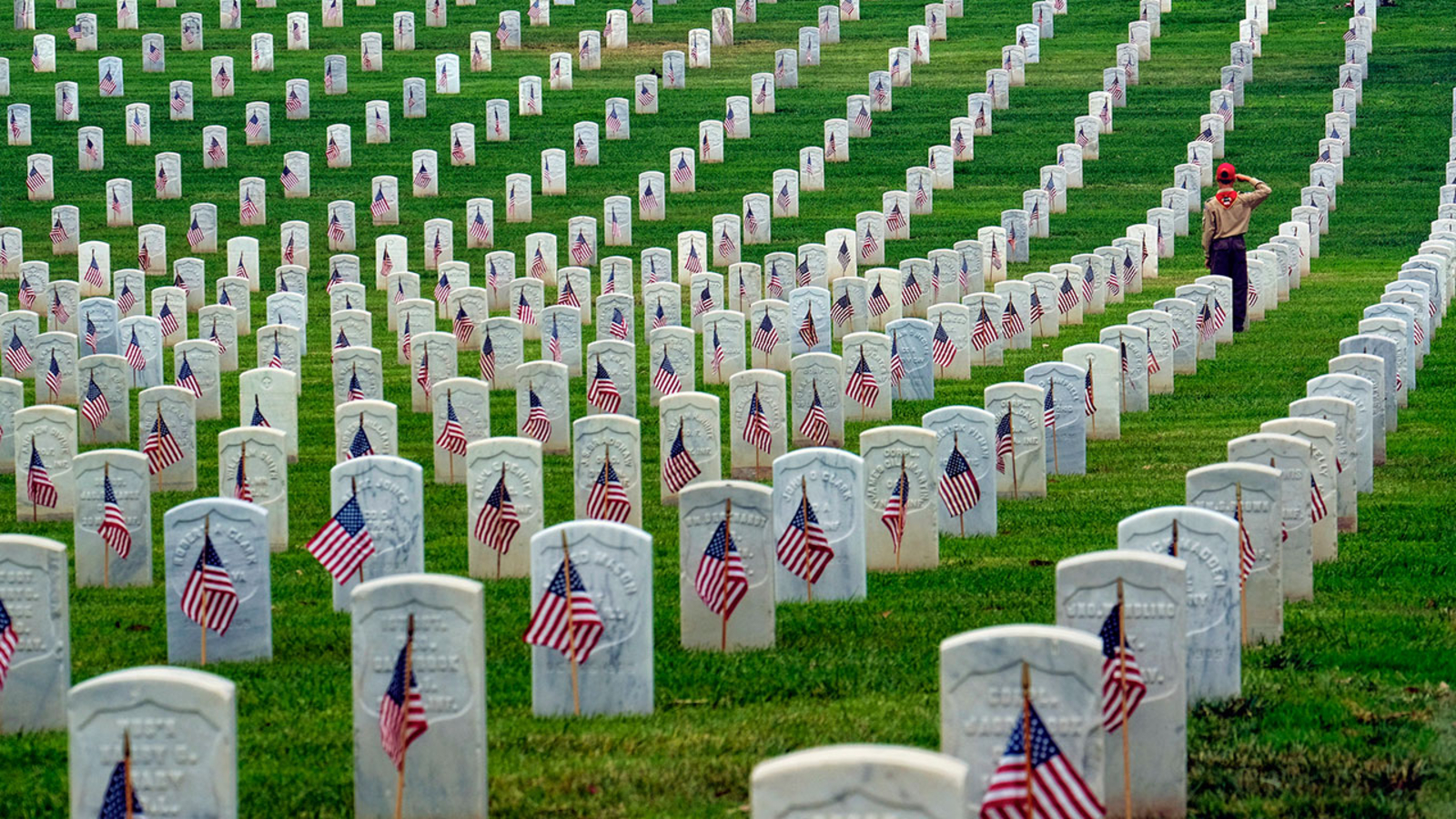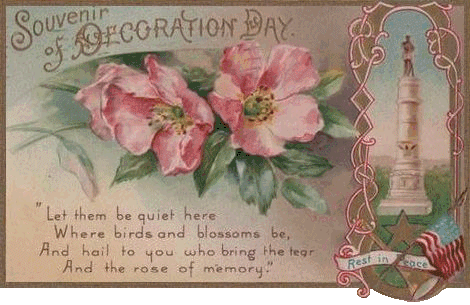7 Reasons Memorial Day Was Originally Decoration Day

What is the history of Memorial Day?

Memorial Day, traditionally observed on the last Monday of May, had its inception under a different name: Decoration Day. The history of Memorial Day traces back to the aftermath of the Civil War, a period of great mourning and healing for the United States. This day was established not just as a time for barbeques and shopping, but as an occasion to honor those who have died in military service.
The Origins of Decoration Day

In the years following the Civil War, the loss of life was staggering. Communities across the nation began to set aside days to honor their fallen soldiers by decorating their graves with flowers, wreaths, and flags. Here are some key points about its inception:
- On May 5, 1868, General John A. Logan, leader of an organization for Northern Civil War veterans, declared Decoration Day to be observed nationwide.
- This date was chosen because it was believed that flowers would be in bloom across the country.
Why Decoration Day?

The name “Decoration Day” derives from the custom of decorating graves of the war dead. Here are seven reasons why this name was initially used:
- A Tradition of Honoring the Dead: Decorating graves was a common practice in many cultures. This gave the day a poignant, universal symbol of respect.
- A Need for Mourning: The Civil War had a deep impact; over 620,000 soldiers died, and the nation was in collective grief. Communities needed a structured way to remember and mourn.
- Community Participation: Decoration Day encouraged collective civic engagement, turning a personal act of remembrance into a community-wide event.
- The Simplicity of the Name: It was descriptive and straightforward, conveying the primary activity of the day without political overtones.
- A Neutral Approach: By focusing on the act of decoration rather than the political or regional aspects of the war, it fostered national unity.
- Spontaneous Traditions: Before the formal establishment of Decoration Day, many towns had already begun local celebrations. The name reflected these grassroots movements.
- Legacy of Local Observance: Some localities continue to celebrate under the name Decoration Day, maintaining a direct link to the tradition’s origins.
The Evolution of Memorial Day

While the original intent of Decoration Day was to remember Civil War soldiers, over time, its scope expanded:
- In the 20th century, Decoration Day began to include American soldiers who died in all wars, not just the Civil War.
- In 1968, Congress passed the Uniform Monday Holiday Act, shifting Memorial Day to the last Monday of May to create a three-day weekend for federal employees, which became effective in 1971.
Memorial Day Traditions Today

Today, Memorial Day is observed in several ways:
- Ceremonies and Services: Wreath-laying at Arlington National Cemetery, parades, and speeches are common, with taps often played at the conclusion.
- Visiting Graves: Family members and community members visit cemeteries to decorate graves with flags or flowers.
- The National Moment of Remembrance: At 3 p.m. local time, people are asked to observe a moment of silence to honor the fallen.
🕊️ Note: While Memorial Day is now a time for relaxation and celebration, it’s essential not to lose sight of its solemn purpose. It's a day to remember the true cost of freedom, those who paid the ultimate sacrifice, and the values they fought to protect.
Looking Forward

As we continue to evolve, remembering the origins and purpose of Memorial Day helps us appreciate its significance. It’s not just a day off work or the unofficial start of summer; it’s a day to reflect on the lives sacrificed for our freedom and to ensure their memories live on through our celebrations and our commitments to maintaining peace.
When was Memorial Day first observed?

+
Memorial Day, originally known as Decoration Day, was first observed on May 30, 1868, when General John A. Logan issued an order to decorate the graves of Civil War soldiers.
How did the name change from Decoration Day to Memorial Day?

+
The name evolved over time. While some states called it Memorial Day by the end of the 19th century, the federal government officially recognized the name Memorial Day in 1967, with the holiday’s current observance beginning in 1971.
Why was Memorial Day moved to the last Monday in May?

+
In 1968, the Uniform Monday Holiday Act was passed to provide federal employees with three-day weekends. This act shifted Memorial Day from its traditional May 30 date to the last Monday in May, effective from 1971.



